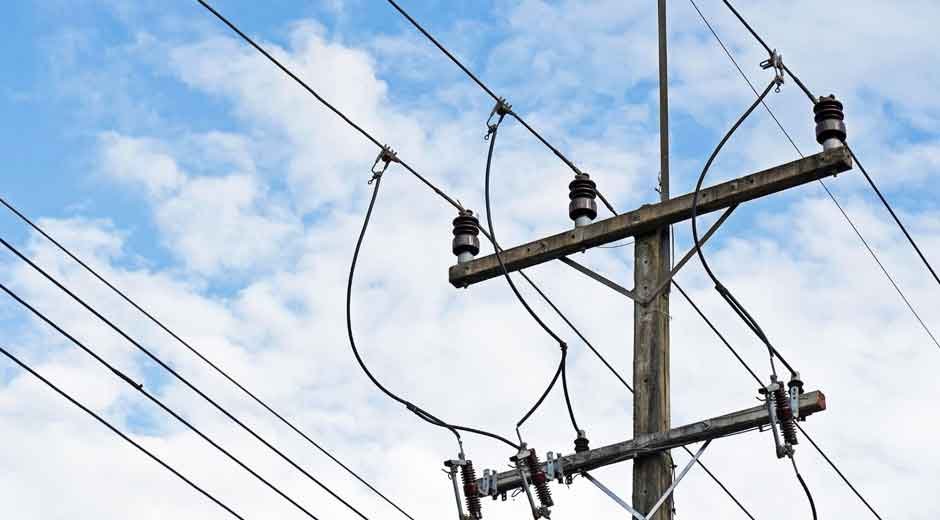Utility poles support key infrastructure systems, especially when builders adhere to industry standards and regulations. Material selection, corrosion protection, joints, grounding, and regular structural inspections enable the poles to perform their intended purpose and last for an extended period. Accurate engineering enables them to function reliably under load and in harsh environmental conditions. Here are a few safety and durability practices for utility pole installation:
Material Selection and Load Standards
Each type of steel, concrete, and hybrid poles provides specific advantages and resilience. Steel models are resistant to rot and insect damage, helping them retain their integrity over a long period. Concrete poles resist salt, fire, and corrosive soils that can destroy metal. Hybrid designs are corrosion-resistant at the bottom and lightweight yet strong in the upper sections. Depending on its intended use, the terrain, and the amount of weight it is expected to support, engineers select a type of pole.
Ground-Line and Coating Protection
Corrosion prevention begins at the ground level on units made of steel. The buried zone is covered by either hot-dip galvanizing, epoxy finishes, or proprietary duplex finishes. Above-ground steel may also be given additional galvanizing or weathering steel coating. Concrete poles are naturally resistant to humidity, chemicals, rodents, and ultraviolet radiation from sunlight. Such preventive procedures restrict rust and material wear. Poles that are installed with structural integrity do not fail prematurely and can save on future interventions.
Equipment Grounding and Multi-Section Assembly
Tall concrete utility poles typically come in sections that can be assembled on-site. This is facilitated by patented splice joints that are safer and maintain the poles’ strength throughout the joint. Where a pole is too high to be served by a single segment, a slip-splice or bolted flanges may be used on a steel pole. The tall towers are safer and easier to construct because modular poles can be transported and assembled in remote or inaccessible locations.
Accurate grounding verifies the safety of utility pole wiring. The bottom wall of concrete poles has threaded inserts to which technicians attach ground straps. Telescoping steel poles are shipped with ground-nut inserts welded onto them to be used for connecting transformers, arresters, or fuse cutouts. Insert studs are of standard diameter, which allows the poles to plug into the distribution systems without any field adjustments. This allows the poles to meet the local electrical safety regulations.
Structural Validation and Engineering Support
Credible performance begins with sound modeling of the structure and thorough material testing. Prior to installing any pole, engineers analyze each case using guidelines specific to utilities. They also verify pole strength under field conditions of wind loads, conductor tension, and terrain. Simulations and focused stress analysis are then performed on each unit through in-house testing programs. The tests will also verify that the material and shape of the pole are capable of supporting the weight of the electrical system without danger. Based on such engineering verifications and computations, the utilities can establish that each pole system is paired to the precise location and application conditions. Checking these elements before installation may help prevent safety hazards or early repairs to the installations.
Choose Quality Utility Poles for Installation
The installation of utility poles should involve the use of proper materials, corrosion protection, accurate mounting procedures, proper grounding techniques, and tested strength to verify reliability. These measures enhance the durability and safety of the pole, depending on the location of the installation. Smart installation techniques, coupled with product engineering, help operators enhance grid reliability in various environments. To obtain high-quality lighting solutions tailored to your specific needs, consult with reliable utility pole suppliers today.






